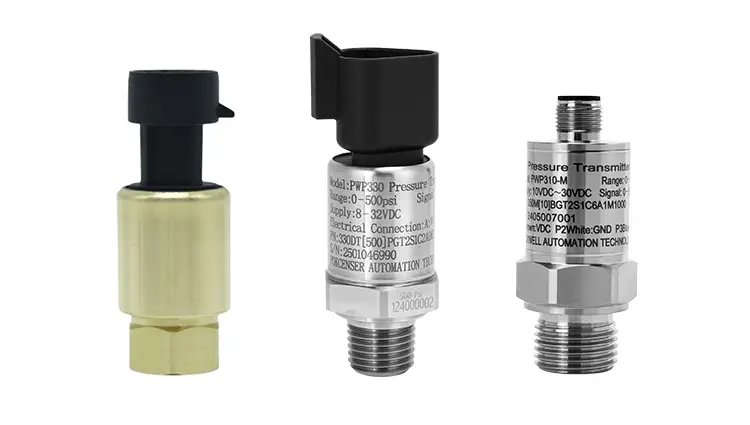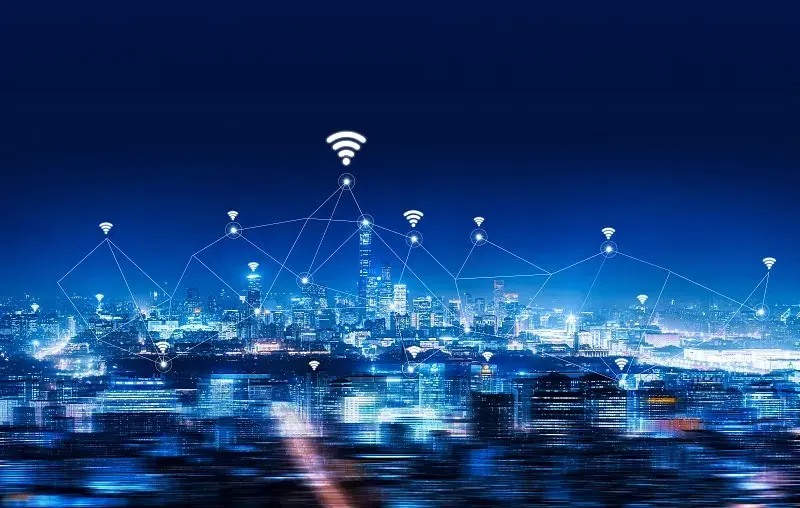Whatsapp: +86 181 7515 5326
The Future Of Sensors: Emerging Trends And Technologies
Sensors, which transform measured information into electrical signals or other forms of information for transmission, processing, and control, are playing an increasingly significant role in today’s technological landscape. Here are some emerging trends and technologies shaping the future of sensors:
1. High Precision and Miniaturization
- Sensor technology is advancing towards higher precision and smaller sizes. This allows them to be used in a wider range of applications and improves measurement accuracy and stability. Our ceramic pressure transmitter with analog output is compact design, water pressure sensor with 0.05% accuracy,

2. Intelligence and Networking
- Integrating AI algorithms and data processing technology, smart sensors can autonomously collect, process, analyze, and make decisions. With wireless network technology, they enable remote data transmission and real-time monitoring, crucial for IoT and smart manufacturing.

3. New Materials and Processes
- The emergence of new materials and manufacturing processes is significantly enhancing sensor performance. Technologies like nanotechnology, biotechnology, and optoelectronics offer new opportunities for sensor innovation.
4. IoT and Smart Cities
- Sensors are a core component of IoT, widely used in smart homes, industrial machinery, and city infrastructure. In smart cities, they support traffic management, waste management, energy monitoring, and public safety, enabling more efficient and sustainable urban operations.

5. Smart Manufacturing and Industrial Internet
- With the proliferation of industrial internet platforms, sensors are deeply integrated with smart manufacturing systems, enabling intelligent control and optimization of production processes. Their applications in industrial automation, automotive electronics, and healthcare are expanding, boosting productivity and product quality.

6. Expanding Applications in Emerging Fields
- Sensors are increasingly being used in healthcare, agriculture, environmental monitoring, autonomous vehicles, and AR/VR. These fields’ growing demand for sensors provides vast development opportunities for the sensor industry. For example submersible water pressure sensor for deep wells.
7. Market Growth
- The global sensor market is continuously expanding. The market size is projected to grow rapidly in the coming years, fueled by advancements in technology and increasing demand across various sectors.
8. Technological Upgrades and Innovations
- Sensor technology will continue to upgrade and innovate, moving towards higher precision, reliability, and lower costs. Technologies like MEMS sensors and wireless sensor networks will further broaden their application scope.
9. Challenges and Future Trends
- Despite facing challenges like high installation and maintenance costs, skill shortages, and data storage complexity, the AI sensor market is poised for strong growth. Future trends include market expansion, continuous technological innovation, and broadening application fields.
In summary, sensors are evolving rapidly, driven by technological advancements and increasing demand. They are becoming smaller, cheaper, more accurate, and integrated with AI and IoT technologies. This evolution is poised to significantly impact various industries and improve our daily lives.
Keywords:
Sales contact
Pokcenser Automation Technology Co., Ltd
Mobile: +86 181 7515 5326
Email: info@pokcenser.com
Tel: +86-731-8229 9492




